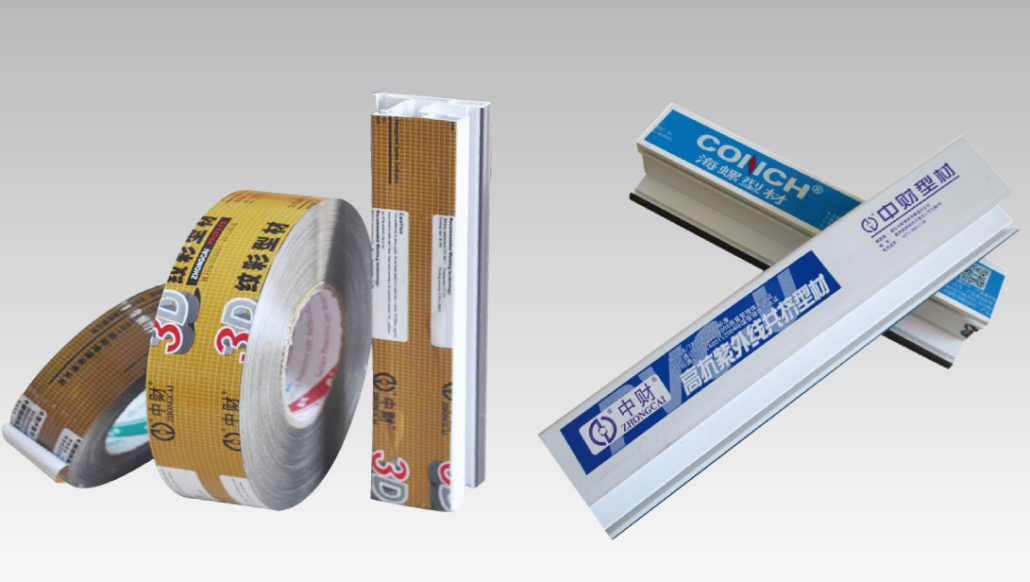Everything to know about tack in pressure-sensitive adhesives
Pressure-sensitive adhesives are well-known for their quick bonding properties, and they suit well for long-term bonding performance. On the other hand, users should know what tack is in a pressure-sensitive adhesive that helps measure the same effectively. A tack is a property that determines the quickness of bond formation after contacting a surface with a slight pressure. High-tack adhesives are suitable for various applications where quick bonding or temporary bonding is necessary.
How to measure tack in pressure-sensitive adhesives properly?
- Loop tack
Loop tack is one of the techniques that helps measure the tack in PSAs. It involves hanging a substrate at one end after attaching a piece of tape to a surface. The next step involves adding a weight to the hanging piece of tape to determine the force required to peel the tape from a substrate. Moreover, it utilizes specified angles and speeds to record the values.
- Probe tack
Probe tack is another method used to measure the PSA tack. The test involves placing a small object on the tape and estimating the amount of force required to peel it from the adhesive.
- Peel adhesion
Peel adhesion lets industries know the PSA tack, which involves using a mechanical testing device to peel off an adhesive at a particular speed and angle. Industries can determine the force needed to measure the initial peeling, which helps to know the adhesion value to a greater extent.
- Rolling tack back
It is a standard test followed by the PSTC that involves setting a specific angle while placing a small steel ball on the surface of the adhesive. The ball should adhere to the tape; after increasing the angle, it begins to roll down the tape. Lower angles mean a higher tack that allows industries to make informed decisions.

What are the environmental factors that can impact tack in a pressure-sensitive adhesive?
- Surface energy
Surface energy is one of the environmental factors that can impact tack in a PSA, depending on the type. It is very crucial for the bonding process, which will affect the initial and long-term adhesion.
- Surface porosity and unevenness
Industries should make sure that the PSA surfaces are smooth and non-porous to experience better cohesion. Rough or porous surfaces can impact tack property in PSAs, which will cause problems in the bonding process.
- Contaminated surfaces
Dirt, dust, or other contaminants on a surface can affect the abilities of PSAs during the bonding process. Clean surfaces provide ways to ensure better initial and ultimate adhesion. On the other hand, exposure to chemicals or oils can impact the tack of adhesives, which will result in degradation. Some contaminated surfaces require pre-treatment procedures to enhance tack and adhesion.
- Temperature
Surfaces that have low temperatures will become less effective, while surfaces with high temperatures can soften adhesion. Therefore, PSAs need a proper temperature to overcome the tack problem significantly. Before buying pressure-sensitive adhesives, industries should select reputed manufacturers that cater to their needs while applying them.

Leave a Reply
Want to join the discussion?Feel free to contribute!